Overview
Environmental Lab Setup for Research and Development and Academics
Environmental Science Lab is a necessary resource for students and all those people who plan and work in the field of environmental science. It is the room where experiments are conducted, samples are analysed and students study various phenomena related to the environment. It engulfs the element of practical service-learning and also enhances appreciation of the ideas of environmental education.
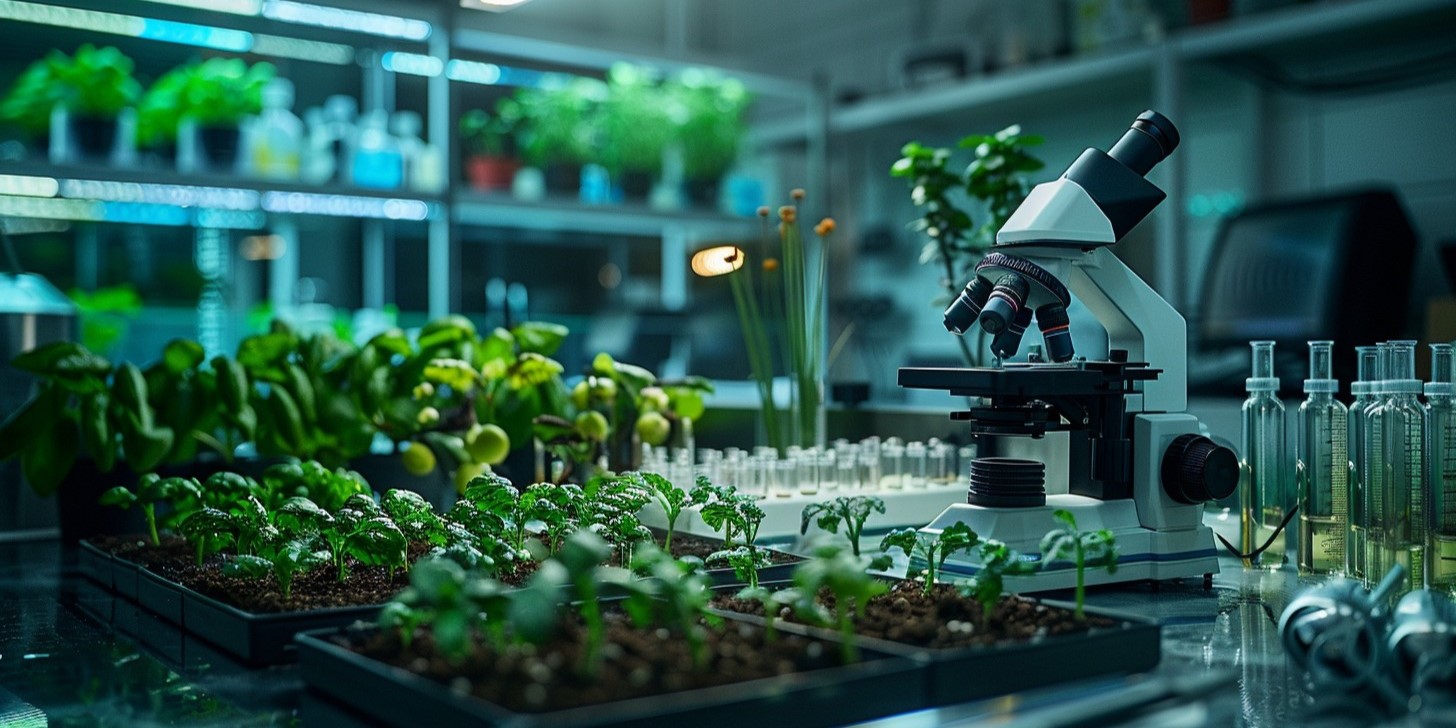
Features
Why Choose Our Environmental Lab Setup?
- Field Studies: The students conduct surveys to learn about ecosystems and to gather data on the different natural systems.
- Laboratory Exercises (Analysis): In the lab, activities connected to air quality, water pollution, soil analysis and the state of the biota are carried out by the students.
- Creative Activities: Labs foster creativity in the students by letting them come up with ways on how they could help in the protection of the environment and the practice of sustainable living.
Use Cases
Key Use Cases of Environmental Lab
- Water Quality Assessment: Facilities take water samples and test them for factors such as acidity, cloudiness, dissolved oxygen, and nutrients.
- Air Pollution Studies: Students collect data on pollutants, analyse the sources and understand the ways of reducing air pollution.
- Soil Testing: Labs work on the properties of the soil, the fertility level and even the degree of pollution.
- Biodiversity Surveys: Students learn about the species, the environment, and intervene in preserving the environment.

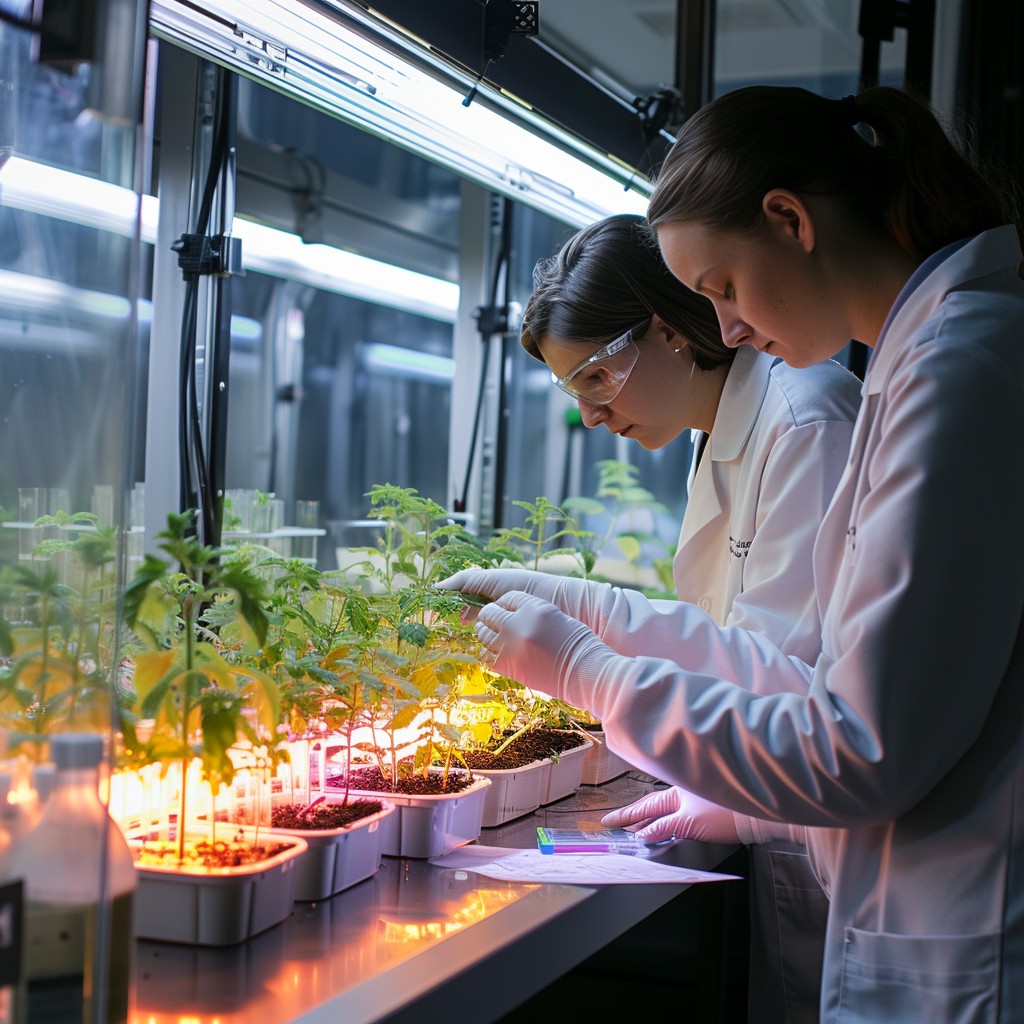
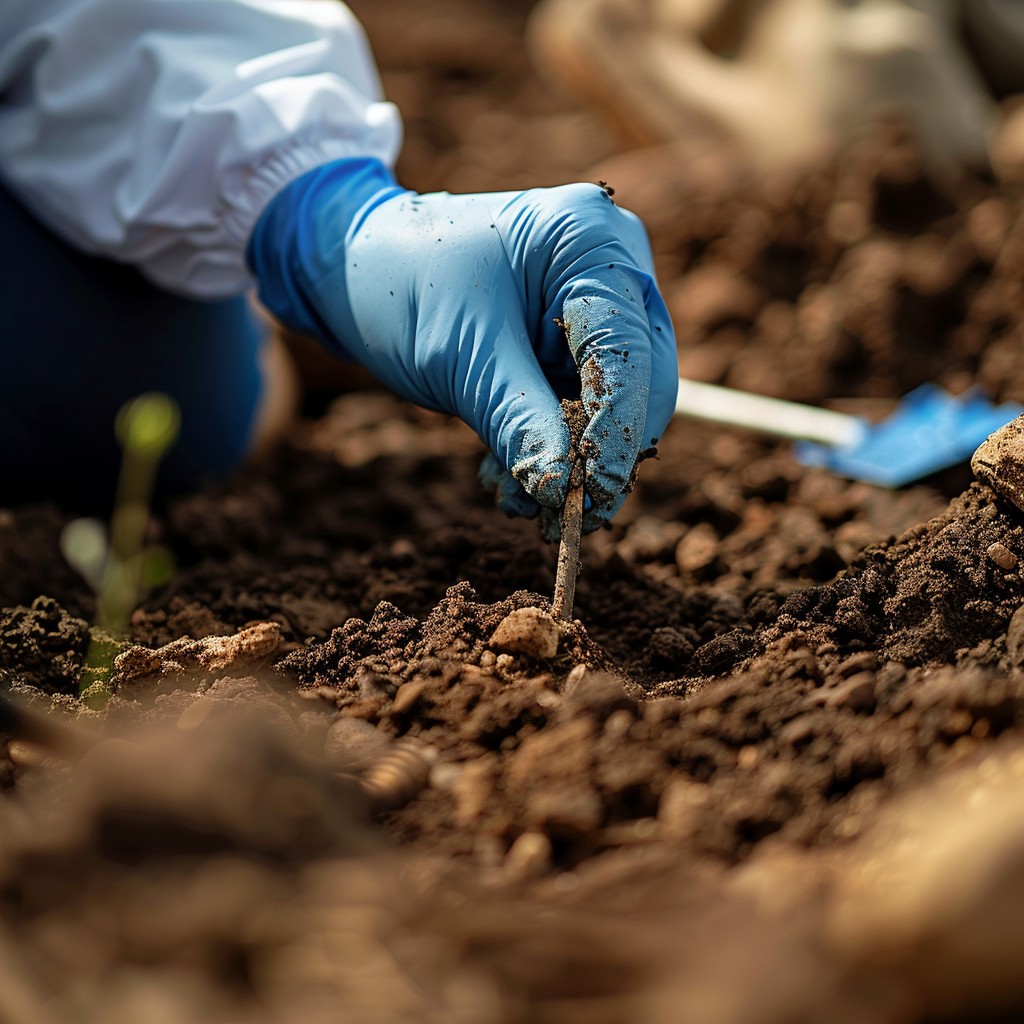
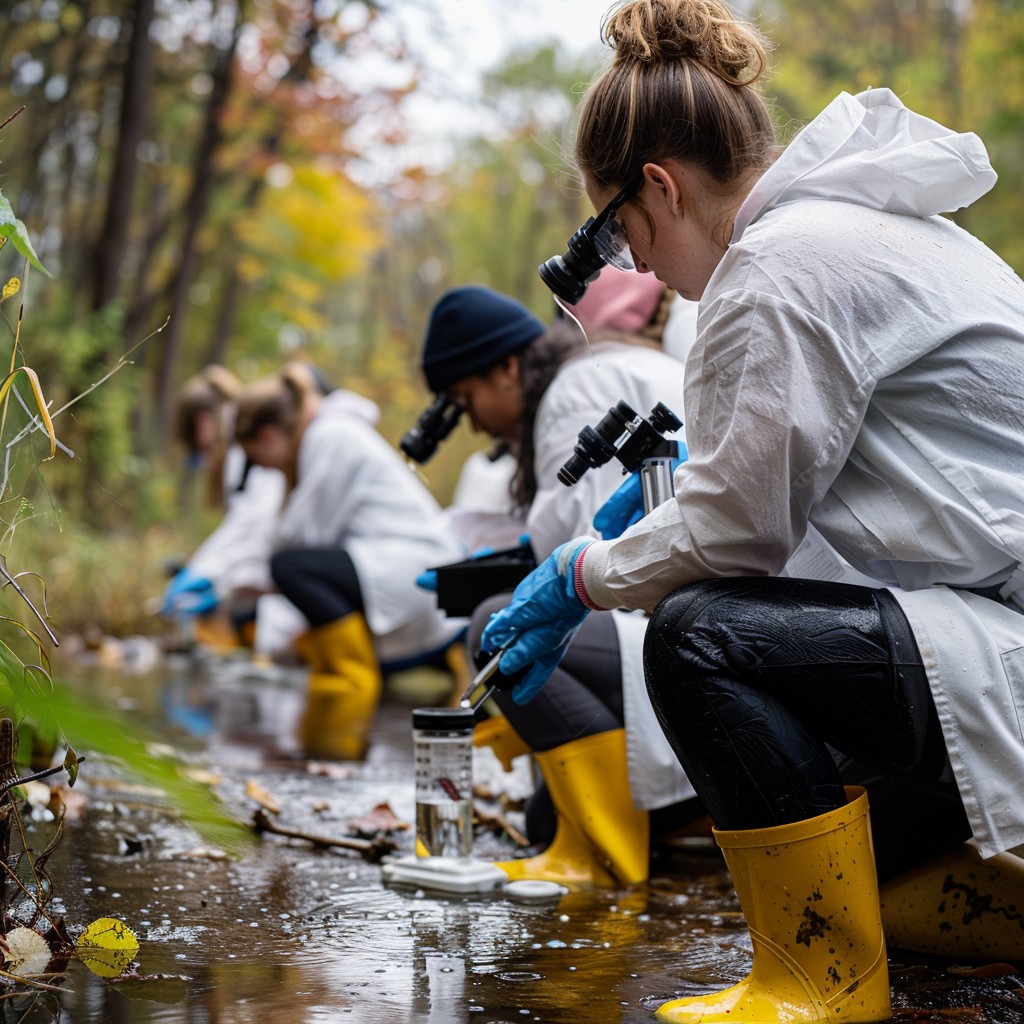
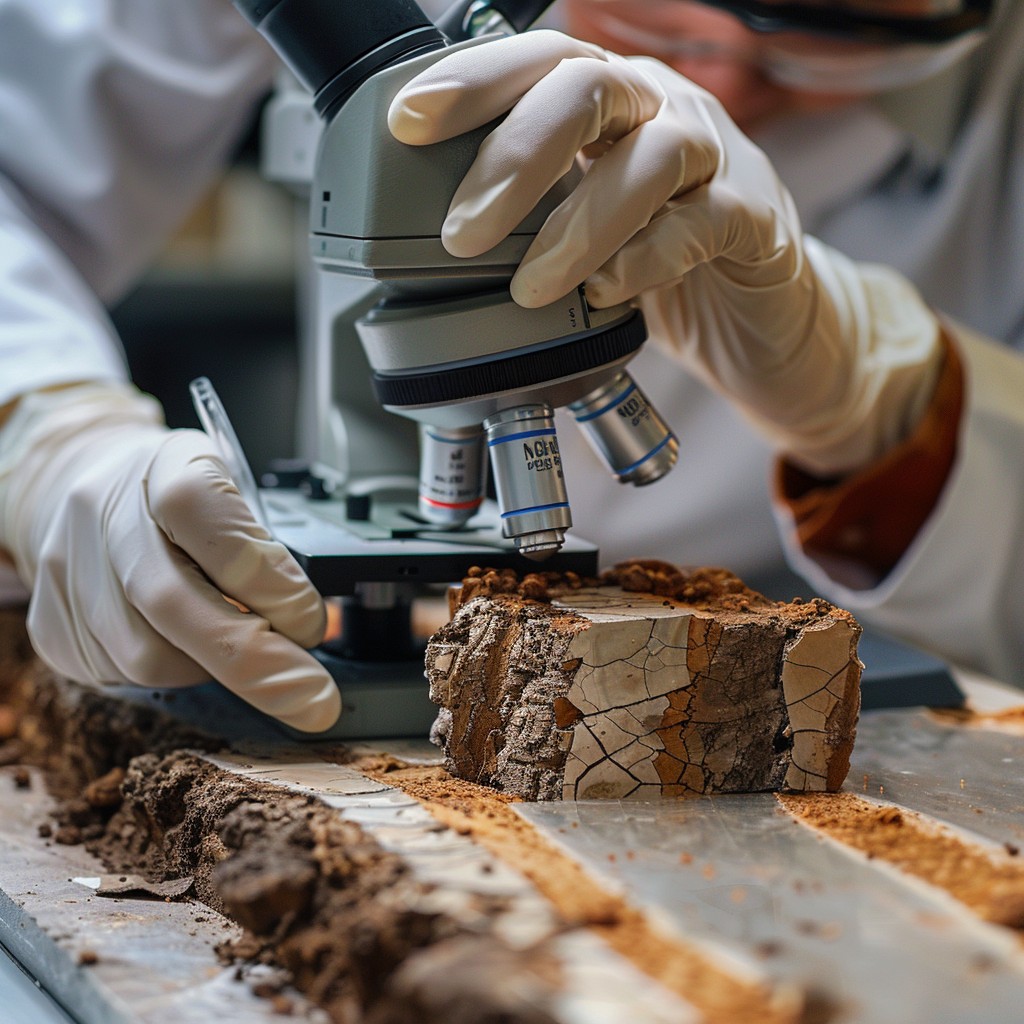
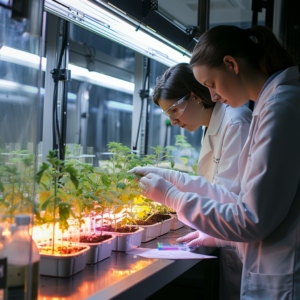
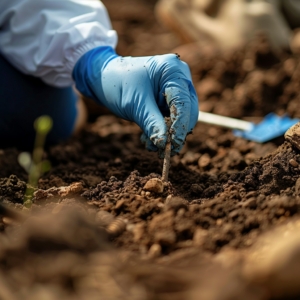
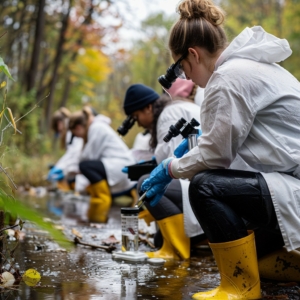
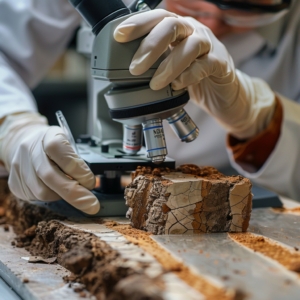

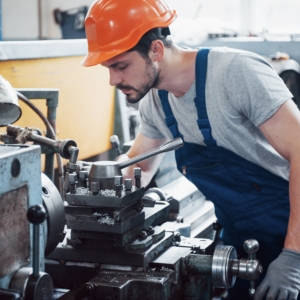
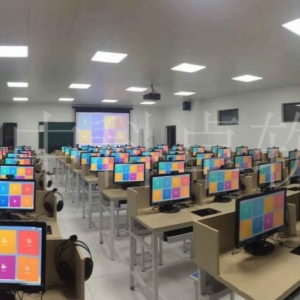
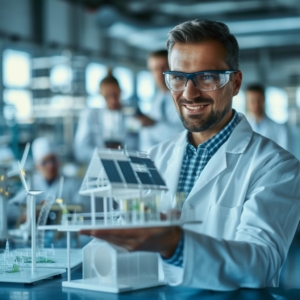


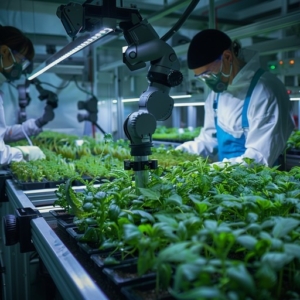
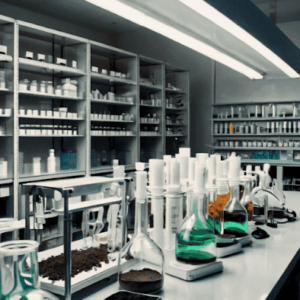

Reviews
There are no reviews yet.